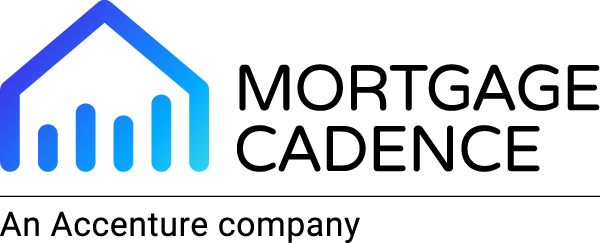Executives across the industry are in conference now with their management teams and board members working to chart a path into a future that already looks much different than the market we’ve all been thriving in over the past few years. Some will pivot, others will double down and some will exit the business. Their decision will be based on their experience, their current business model and situation, and their view of the future.
But what if it wasn’t?
What if lenders could take out a clean sheet of paper and map out a strategy, independent of the legacy technologies they are saddled with today and the limitations that come with them? If they were starting from scratch, what would zero-based thinking allow them to imagine? How would they build a mortgage business for the market of the future?
Business strategist and trainer Brian Tracy explains the concept this way, “Zero-Based thinking is one of the most powerful thinking tools you can use in strategic planning and throughout your career. The concept comes from zero-based accounting, where you draw a line under each item at the end of each accounting period and ask, ‘Rather than determining how much more or less we should spend in this area, should we be spending money in this area at all?’ In zero-based thinking, you use the same approach.”
He also refers to this as a KWINK (Knowing What I Now Know) analysis. “You stand back and look at every part of your business and personal life and ask the question, ‘If I was not now doing this, knowing what I now know, would I get involved in this area again?’”
Some lenders will actually be doing this exercise, thanks to new rules the National Credit Union Association has enacted that will lower the barriers for startup credit unions. What would you do if you could do anything? It’s a question every lender should consider.
Why you should consider zero-based thinking
In the past, finding, vetting, investing in and then implementing new loan origination technology was a process that literally took years to complete. That’s not true today. Modern loan origination technology is nimble, agile, cloud-based, API-driven and much easier to implement than ever before.
The problem is that many executives remember that past pain and assume that they are stuck with legacy hardware and will just have to make do as well as they can. That’s just not true today.
We’d love to tell you about the success our new clients are having implementing the new Mortgage Cadence Platform (MCP), but for now let’s stay focused on this question. What could you build if legacy technology didn’t hold you back?
Powering the process you imagine for a better future
We’ll be watching the new credit unions and expect many good lessons to come out of this group. Our history goes way back in the credit union space, so we’re excited about it.
We expect today’s new credit union mortgage lenders to be very focused on the digital experience. They track member experience very closely -- as all lenders should -- and they know what a lift a frictionless, fully digital process gives them.
They’re going to opt for one of the new digital front ends that allow them to get members into the process quickly and easily. We know this because we’re already fielding more information requests for our Borrower Center.
But they’ll be looking for that good experience in the back office as well, something older technologies have never really delivered, but that MCP does.
What they may not expect is how easy and affordable it is to get started with our new platform.
If you’re thinking about the future of your institution, don’t let legacy software limit your options. You don’t need to remain shackled to a platform that can’t make it easy to take your business where it needs to be to succeed in the new market. Let us show you a platform that can get you there by contacting us today.
By Joe Camerieri, EVP, Sales & Strategy at Mortgage Cadence
Want more?
Follow us on LinkedIn to be notified when our next article is released.
Media Contacts
Mortgage Cadence:
Megan Martin
EVP, Marketing
(516) 480-6765



